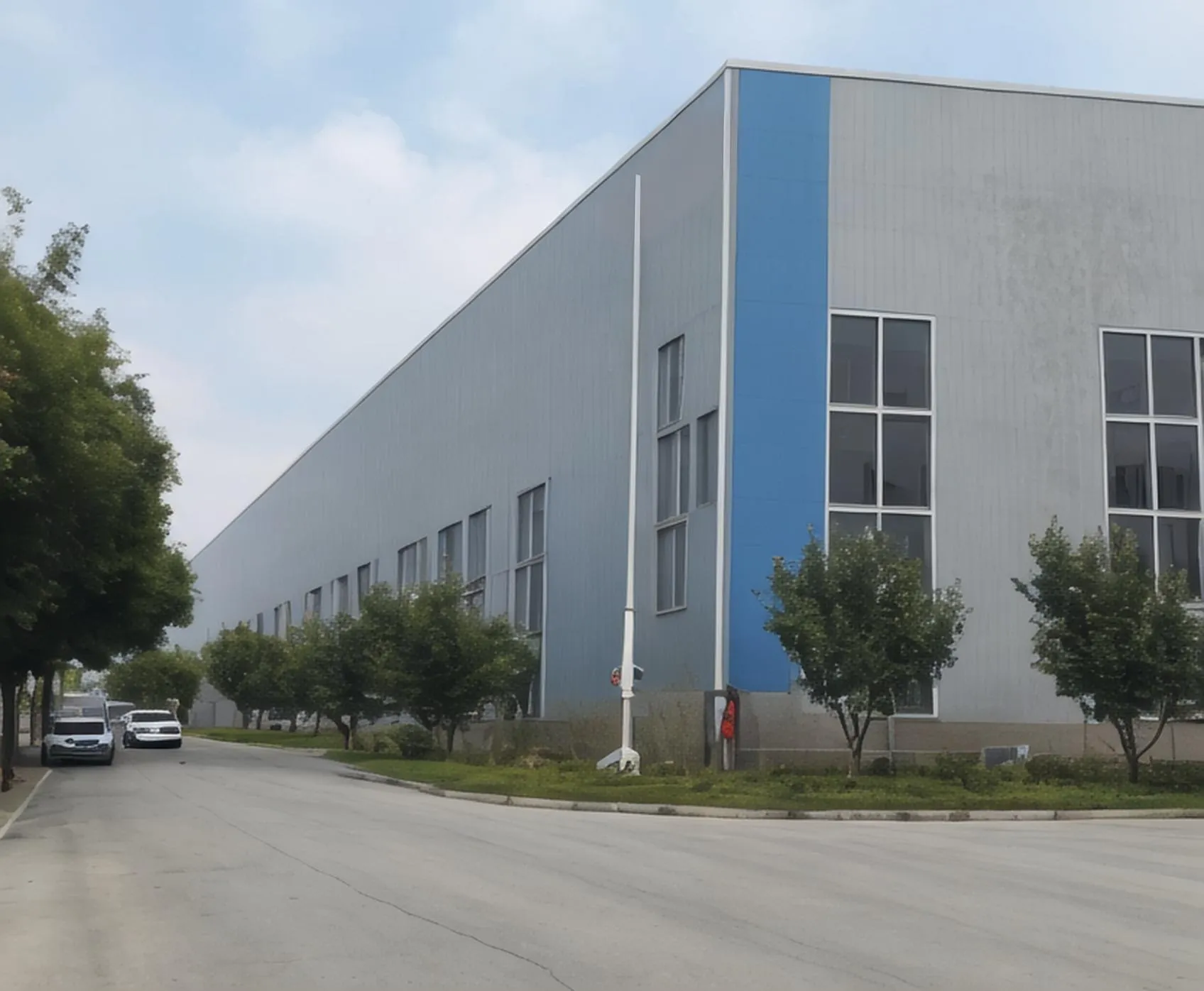
Aug . 13, 2024 15:48 Back to list
Exploring Manufacturers of Anatase and Rutile Nano-TiO2 for Advanced Material Applications
The Landscape of Anatase and Rutile Nano-TiO2 Manufacturers
Titanium dioxide (TiO2) is one of the most versatile materials known, widely employed in industries ranging from pigments and coatings to electronics and pharmaceuticals. TiO2 exists in three polymorphs anatase, rutile, and brookite, with the first two—anatase and rutile—being the most commercially significant. The increasing demand for high-performance titanium dioxide has led to the emergence of specialized manufacturers focusing on nano-sized TiO2, catering to various industrial needs.
Differences Between Anatase and Rutile
Anatase and rutile differ significantly in terms of their properties and applications. Anatase, with its tetragonal crystal structure, is noted for its high surface area and photocatalytic activity, making it suitable for applications in sunlight-induced processes such as water purification and air treatment. Rutile, in contrast, has a more robust crystal structure and is preferred for applications requiring durability and excellent opacity, such as in paints and coatings.
The unique properties of these two forms of titanium dioxide drive the diverse requirements among manufacturers. The growing trends in sustainable manufacturing and environmental consciousness have brought about a surge in demand for anatase, mainly due to its photocatalytic properties that can contribute to cleaner processes and products.
The Role of Manufacturers
The manufacturing of nano-sized anatase and rutile TiO2 involves sophisticated techniques such as sol-gel processes, hydrothermal synthesis, and flame hydrolysis. These methods allow for precise control over the particle size, morphology, and surface characteristics, which are crucial for tailoring the material for specific applications.
Leading manufacturers often invest in research and development to enhance the functionalities of their products. Companies are now focusing on creating hybrid structures that integrate TiO2 with other materials to enhance performance. For instance, combining TiO2 with graphene or carbon-based materials can result in coatings with improved mechanical properties and increased effectiveness in photocatalytic applications.
anatase and rutile nano-tio2 manufacturers

Key Players in the Market
Several key players dominate the nano-TiO2 market, including well-established chemical companies as well as specialized nanomaterial manufacturers
. Companies such as Evonik Industries, Huntsman Corporation, and Tronox are among the leaders that have embraced nanotechnology in enhancing TiO2’s properties.Many smaller firms and startups are emerging, contributing innovative solutions and targeting niche markets. For example, some manufacturers focus on developing custom formulations for specific industries like electronics, where precise properties of TiO2 are essential for applications such as photovoltaic cells.
Challenges and Future Outlook
Despite the promising growth in the nano-TiO2 market, manufacturers face several challenges. Regulatory compliance regarding the safety and environmental impact of nanomaterials is increasingly stringent. The need for thorough assessments of the toxicity of nanoparticles poses an additional hurdle for manufacturers.
Furthermore, market dynamics are influenced by the volatility in raw material prices and the continuous evolution of alternative materials that might substitute TiO2 in various applications. Thus, manufacturers must remain agile and innovative in their approaches.
In conclusion, the landscape of anatase and rutile nano-TiO2 manufacturers is vibrant and rapidly evolving. With diverse applications across numerous industries, manufacturers are pushing the boundaries of technology to meet growing demands. By focusing on sustainability and innovative solutions, they have the potential to significantly impact the future of materials science and environmental applications. As the market grows, ongoing research and collaborative efforts will be vital in addressing the challenges faced and unlocking the full potential of nano-TiO2.
-
Premium 6618 Titanium Dioxide for GPT-4 Turbo Applications
NewsJul.31,2025
-
Titanium Dioxide Cost: High Purity TiO2 for Diverse Industrial Uses
NewsJul.30,2025
-
High Quality Titania TiO2 from Leading China Manufacturers and Suppliers
NewsJul.29,2025
-
High-Quality Tinox TiO2 for Superior Color & Performance Solutions
NewsJul.29,2025
-
High Quality Titania TiO2 from Leading China Supplier & Manufacturer
NewsJul.29,2025
-
High-Performance r6618 TiO2 for Superior Whitening and Versatility
NewsJul.28,2025
